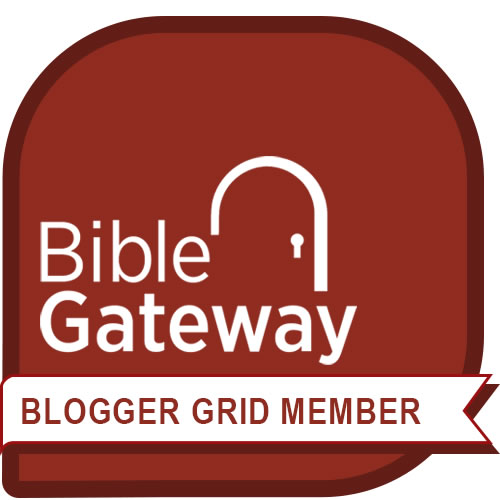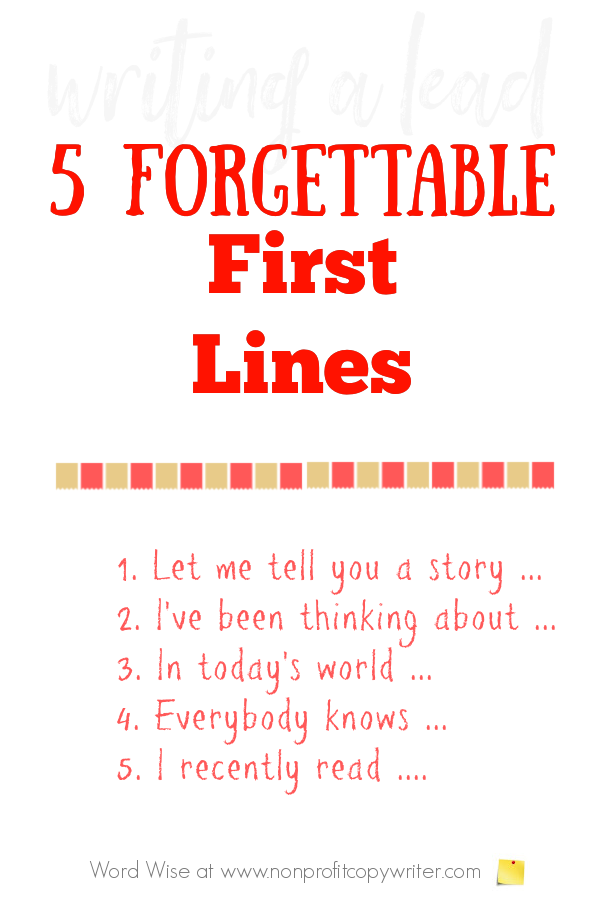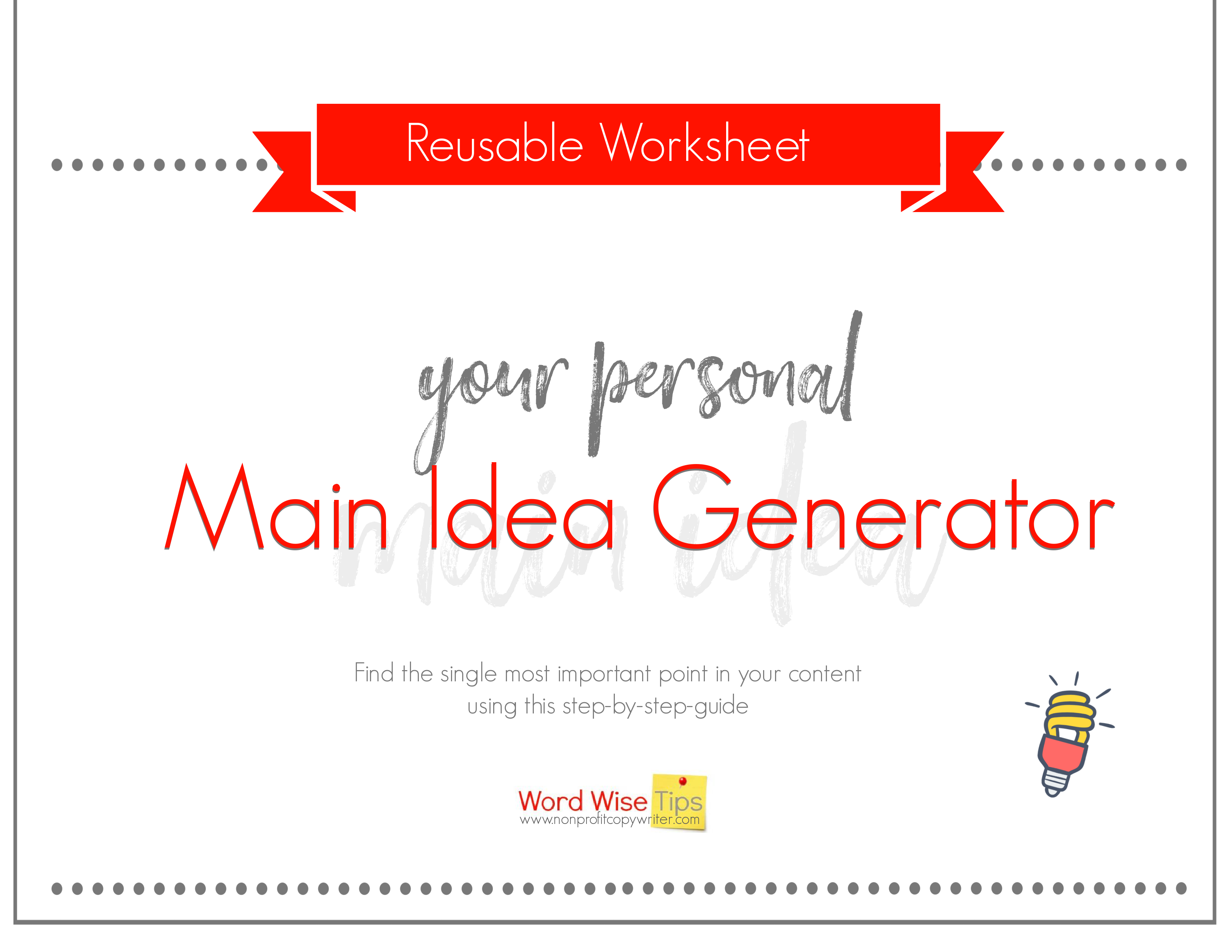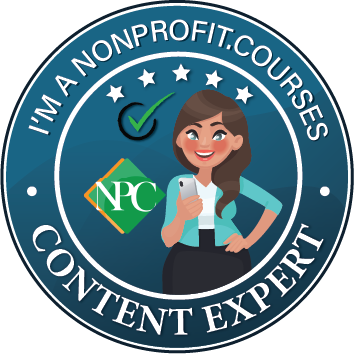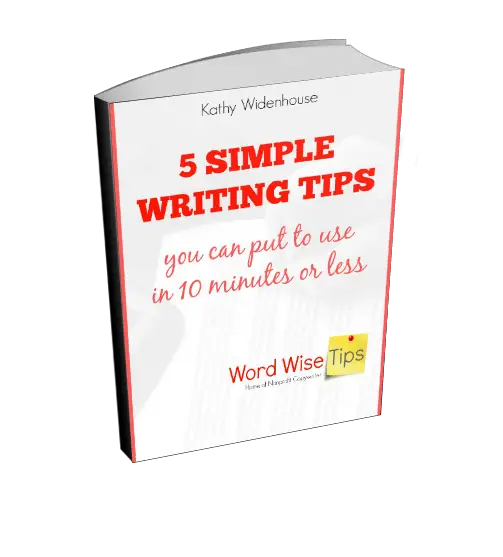Save Time: Get 5 Simple Writing Tips
you can put to use in 10 minutes
5 Forgettable First Lines
Award-winning writer Kathy Widenhouse has helped hundreds of nonprofits and writers produce successful content , with 750K+ views for her writing tutorials. She is the author of 9 books. See more of Kathy’s content here.
Posted 10.2.25
Walk with me through your reader’s article feed. Scroll, scroll, scroll. Then, a headline captures his eye. He clicks to read more.
Congratulations! Your article has moved past the initial hurdle. But will Robert Reader keep reading your masterpiece?
That’s up to the first lines of your article.
Those opening words have just 10 seconds to convince Robert to stay. Will they be memorable and interesting?
I’ve seen too many writers launch an article with a stumble, grasping at cliches. Don’t let that be you. You’ve put considerable work — rightly so — into your headline, so much that it has passed your reader’s muster. And there’s a good chance you’ve invested quality effort in your main idea … the guts of your article … even your takeaway and close.
But when a first line is forgettable, I don’t keep reading. If you’re honest, you don’t either. Here are the most common forgettable first lines and how to avoid using them in your articles.
5 forgettable first lines
#1: “Let me tell you a story…”
The problem: unnecessary wordiness.
If you’ve opened an article with this line, I understand. You’re simply being friendly by writing in a conversational tone.
But good friends don’t announce a story. They don’t waste a reader’s time or insult their intelligence with needless statements or excessive explanations. Good friends jump right in.
Do that with your first lines. Jump in. Put the reader into the story with you.
A more memorable first line: “Walk with me through your reader’s article feed.”
(Yes, it’s the opening line to this article. And you’re still reading, right? It put you into the story.)
#2: “I’ve been thinking about…”
The problem: writer-centeredness.
With this opening line, you assume that masses of readers want to know what you’ve been thinking about. You’re proclaiming your deepest thoughts … your feelings … your profound opinions.
The millions who bloviate on social media take the same tack. And readers subsequently click “Unfollow” in droves.
Switch up your focus. From the first line, talk to your reader and what he’s been thinking about — not what you’ve been thinking about. Swap “me” language for “you” language.
A more memorable first line: “Maybe you’ve been thinking about …”
#3: “In today’s world…”
The problem: vagueness.
The world is a big place. It’s got hundreds of sub-worlds. If you open with “in today’s world,” do you mean the world of parenting autistic children or the world of managing a long-distance trucking job as a young female or the world of fixing plumbing in your guest bathroom?
Specificity wins readers.
A more memorable first line: “In today’s [specific niche] world …”
#4: “Everybody knows…”
The problem: misleading inclusivity.
If “everyone knows,” then why must you state so? Perhaps you’re trying to curry favor with the masses. News flash: you can’t use generic content to appeal to heaps of readers. The majority want to hear from their niche’s Edward Expert as he offers a specific solution to a particular problem.
(And if “everyone” else knows this piece of information in your first lines — and your reader doesn’t — aren’t you offering a backhanded insult?)
You can’t be a writer for everyone. Try to include everyone, and your content becomes superficial, clichéd, preachy, or impersonal. The language becomes trite and the answers too pat. You’re trying to make a point that’s too wide-ranging to have a significant impact.
A more memorable first line: “[Audience identifier]? One problem you may face is …”
#5: “I recently read …”
The problem: laziness.
“I recently read” can mean you’ve read an Instagram caption or an X post. Oh, you mean you read a book or a report or an informative article? Then you don’t need to explain that you read something.
Take yourself out of the opening. Replace yourself with the story or the fact or the statistic that you learned as you read. Then, cite the source. (Which means you need to keep track of your sources. It takes a bit of work.)
Do that and you earn credibility by referring to experts. You were smart enough to find the content, consume it, create an analysis, and offer the result to your reader. They’ll see that you’ve read plenty.
A more memorable first line: “[Unusual fact/statistic]. So say the [researchers/experts] at …”
Find your content's main point using this worksheet.
The real problem with forgettable first lines
A generic opening equivocates. If you sidestep direct statements in your opening, you mistakenly believe everyone is happy, and you’ve avoided alienating readers. But in reality, you’re using a crutch — one that reveals the real problem.
Fear.
“Write straight into the emotional center of things,” says Anne Lamott in Bird By Bird. “Write toward vulnerability. Risk being unliked.”
That’s scary. Being vulnerable means risking rejection, discomfort, being misunderstood…
And memorable.
Be brave. Ditch those forgettable first lines and make a statement instead. You’ll save readers’ time. They’ll respond in true appreciation by following you. In fact, you’ll make friends.
And you’ll give them courage, too.
More Article Writing Tips
How to Write An Article: Get Started With These 12 Steps ...
How to Write an Outline: Article Writing Tips ...
How to Narrow Your Article Main Idea ...
How to Write an Introduction (or Lead, Lede, Hook) ...
How to Write an Article Introduction Faster ...
8 Types of Leads that Pull in Readers ...
How to write a conclusion: 3 tips ...
Learn To Write Content When You Learn To Write an Article ...
The 2 Best Ways to Narrow Your Topic for an Article...
Writing Articles Tips on our Pinterest board ...
Return from 5 Forgettable First Lines to Nonprofit Copywriter home
As an Amazon Associate I earn from qualifying purchases.
Share This Page

Named to 2022 Writer's Digest list
BEST GENRE/NICHE WRITING WEBSITE

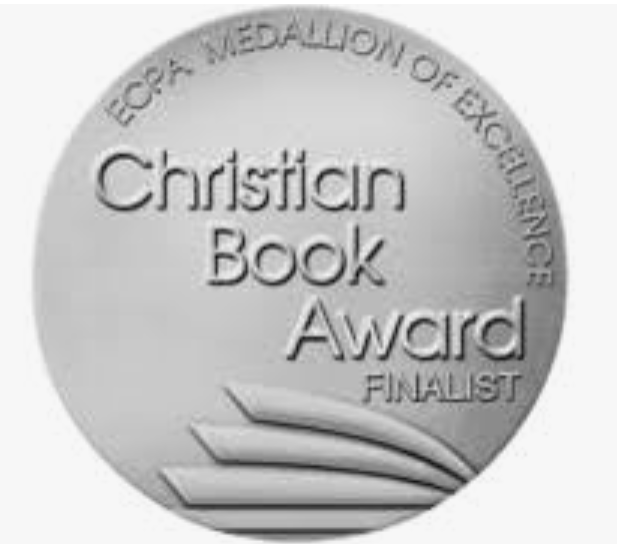
Stop Wasting Time!
Grab your exclusive FREE guide, "5 Simple Writing Tips You Can Put to Use in 10 Minutes or Less"
